Windy and rainy weather presents a daunting challenge for construction sites. For compact and agile skid-steer loaders, slippery and muddy terrain
presents unique challenges, but also highlights the advantages of their four-wheel steering. To ensure the safety of both operator and machine,
please strictly adhere to the following operating and parking tips specifically tailored for skid-steer loaders.
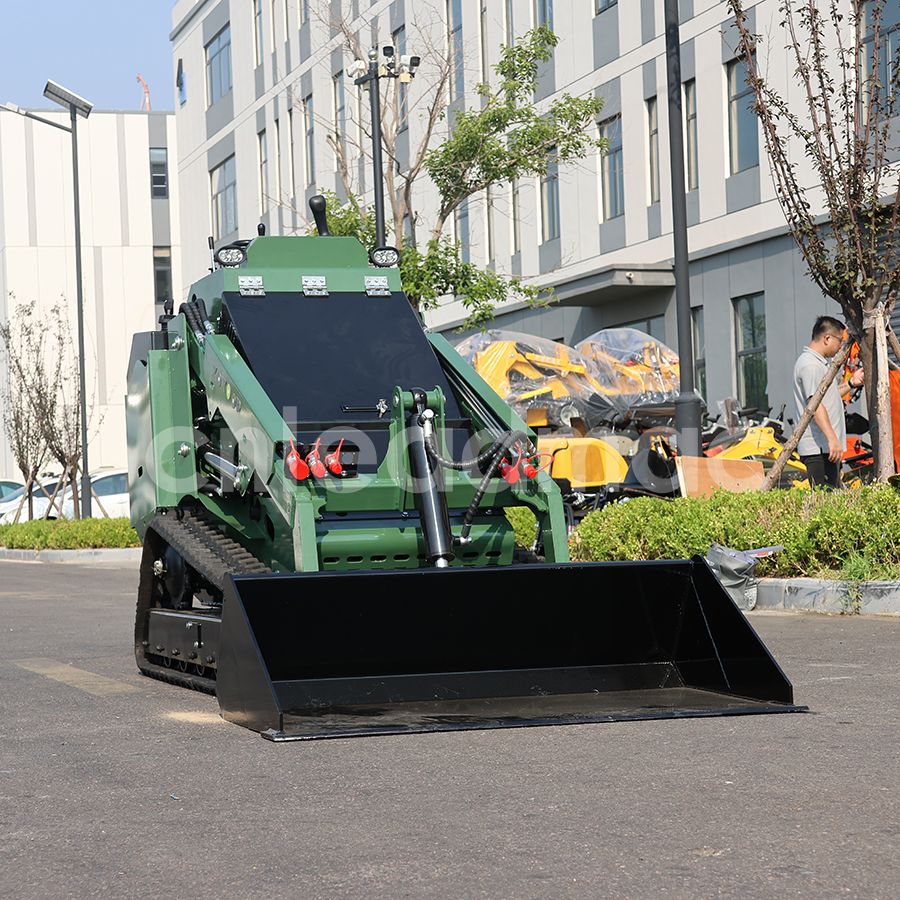
Part 1: Nimble Dancers in the Wind and Rain - Key Points for Safe Operation
Skid-steer loaders have a low center of gravity and strong grip, but extreme caution is still required in extreme weather.
1. Essential Pre-Operation Inspection
Inspect Critical Seals: Focus on the cab door seals and engine compartment seals to prevent rainwater infiltration that could cause
electrical shorts or damage the interior.Verify the health of the vehicle's limbs: Carefully inspect the tires and tracks for wear. Maintain standard tire pressure
and adjust the tracks to the appropriate tension.
Excessively worn tires or loose tracks can cause severe slippage in muddy conditions. Ensure "eyes" are bright: Check that all LED work lights are functioning
properly to ensure clear vision and visibility when working in dimly lit environments.
Clean drain holes: Check the drain holes on the chassis and platform to ensure they are unobstructed to prevent water accumulation from corroding
structural components or affecting equipment balance.
2. Driving and Operation: Soft, Anticipatory, and Observant
Soft operation: A skid steer loader steers using a speed differential between the two wheels. Avoid sudden turns or sudden stops on slippery roads.
Operate the control handles smoothly and smoothly to avoid sudden steering commands that could cause the machine to drift out of control.
Predictive driving: Always maintain a low gear and observe the working path in advance. Muddy roads may conceal sharp objects. Continuous idling of
tires can not only cause "skin-skinning" wear, but can also cause scratches on the sidewalls from rebar and sharp rocks. Track systems must be
protected from rocks and pits.
Utilize weight: When handling materials, place heavy objects low and close to the machine body to increase traction for the drive wheels. If you encounter
resistance while cutting into the pile, use gentle forward and backward motions to "peck" into it rather than forcing your way through.
Maintain a stable chassis: On rough or sloped surfaces, always keep the bucket or attachment low. This acts as an additional counterweight, significantly
improving stability and preventing rollover.
3. Responding to Emergencies
In the event of lightning: Stop operations immediately and park the equipment in an open area away from high ground, isolated trees, and utility poles.
The operator should remain in the cab.
In the event of extremely low visibility: Immediately activate all warning lights and slowly move to a safe area, suspending operations and waiting for
improved weather. Never blindly cross the construction area when visibility is poor.
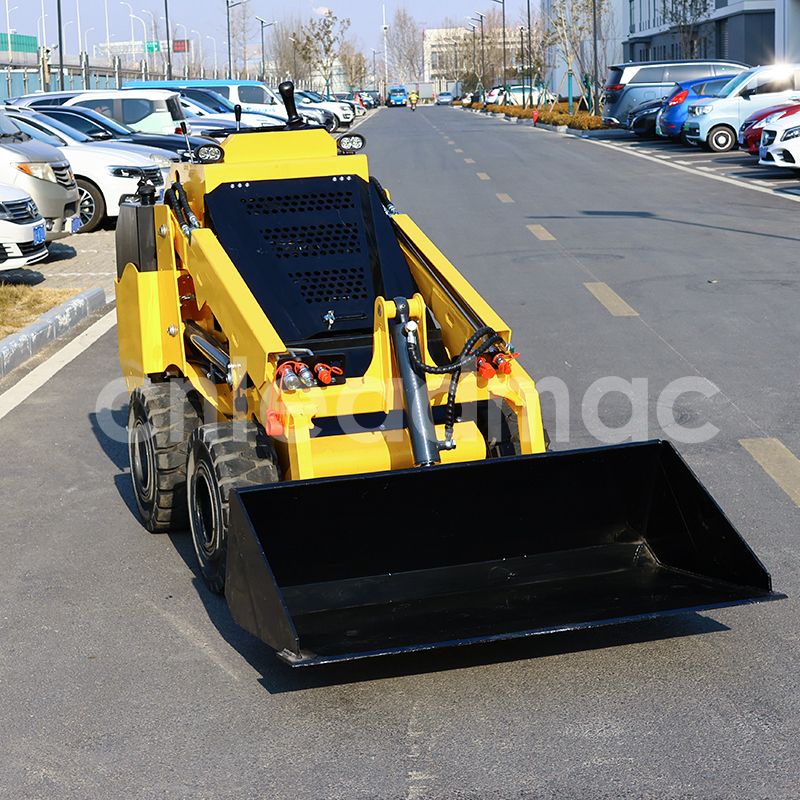
Part II: Safeguarding After a Storm - Proper Parking is Essential
Proper parking not only protects the equipment but also serves as the first line of defense against secondary disasters.
1. The "Three Don'ts" Principle for Parking
No Low-lying Areas: Skid-steer loaders should never be parked in low-lying areas such as foundation pits, ditches, and rivers. Their compact bodies
are easily submerged by rapidly rising water.
No Slopes or Cliffs: Parking should be away from slopes or cliffs where landslides or collapses may occur.
No Dangerous Objects: Avoid objects that could be blown over by the wind, such as temporary fences, scaffolding, and unsecured boards.
2. Standard Parking Procedure ("Lower, Retract, and Clean")
Lower: Lower the bucket or attachments completely to the ground and place them steadily. If the ground is soft, place wooden planks underneath
to prevent them from sinking.
Retract: Retract all hydraulic cylinders, especially the boom, to lower the overall center of gravity and height of the equipment and enhance wind resistance
and stability. Cleaning: After operation, the equipment must be thoroughly rinsed, focusing on cleaning the tracks/tires, joints, radiator grille, and hydraulic
quick-change couplings to prevent accumulation of mud and sand that could cause wear, blockage, or corrosion.
3. Additional Protection for Long-Term Parking
Parking Indoors/High Ground: If conditions permit, the equipment should be parked in a dry garage or on a high, solid platform.
Disconnecting the Power Supply: For extended periods of parking, disconnect the negative battery terminal to prevent accidental power loss.
Adding a Rainproof Sheet: Covering the equipment with a rainproof sheet effectively protects the delicate electronic circuits and hydraulic systems.
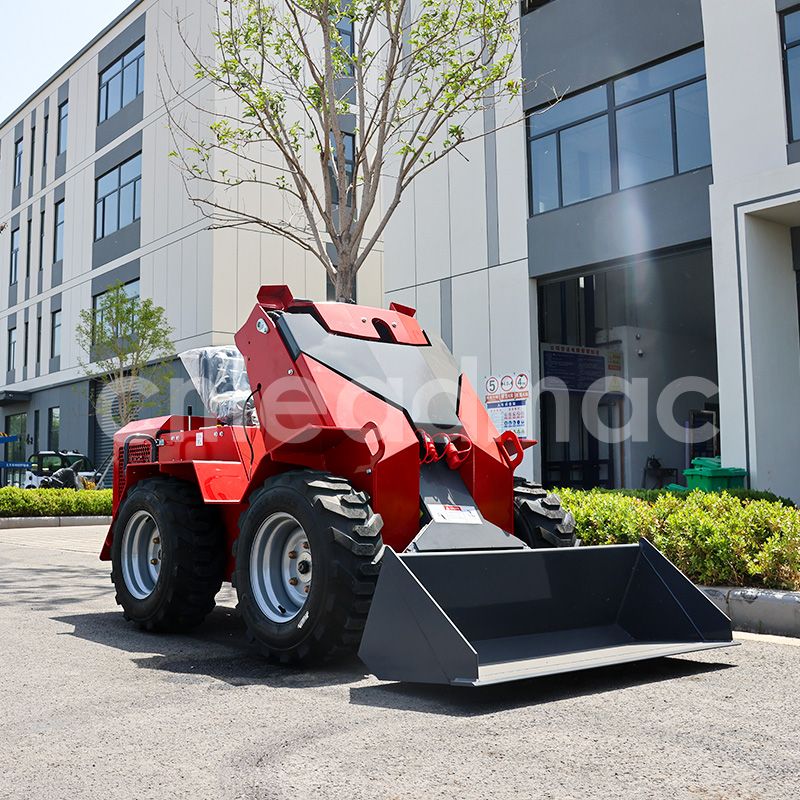
Conclusion
For skid-steer loaders, windy and rainy weather presents both a showcase for their all-weather operational capabilities and a rigorous test of operational
detail. Mastering the principle of "gentle and predictive" operation and adhering to "safe, stable, and clean" parking requirements will enable this nimble
construction site wizard to navigate the elements with ease, ensuring both safety and efficiency.
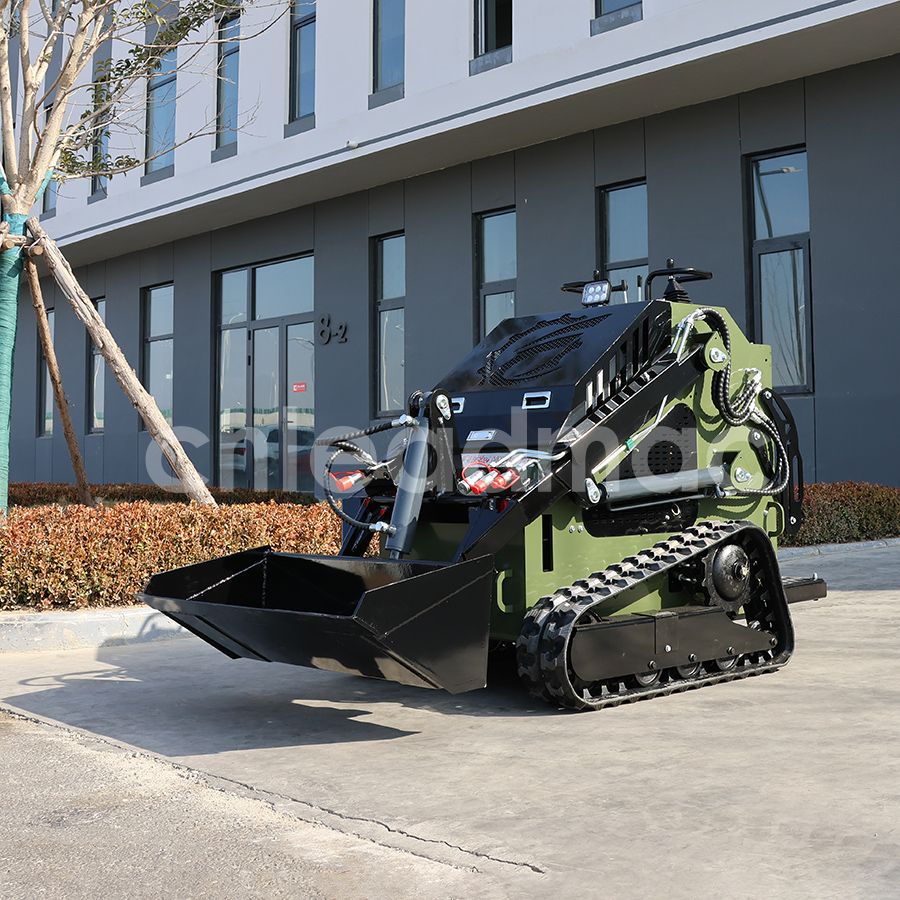 Which Skid Steer Loader Is Bes
Which Skid Steer Loader Is Bes
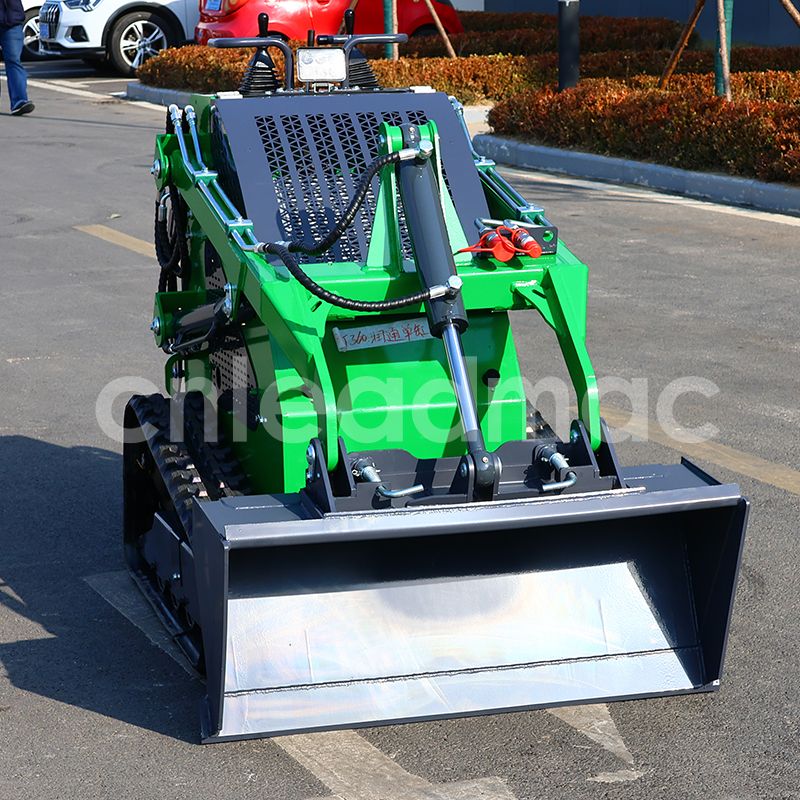 In Addition To Construction Si
In Addition To Construction Si
 Storm Is Coming! A Complete Gu
Storm Is Coming! A Complete Gu
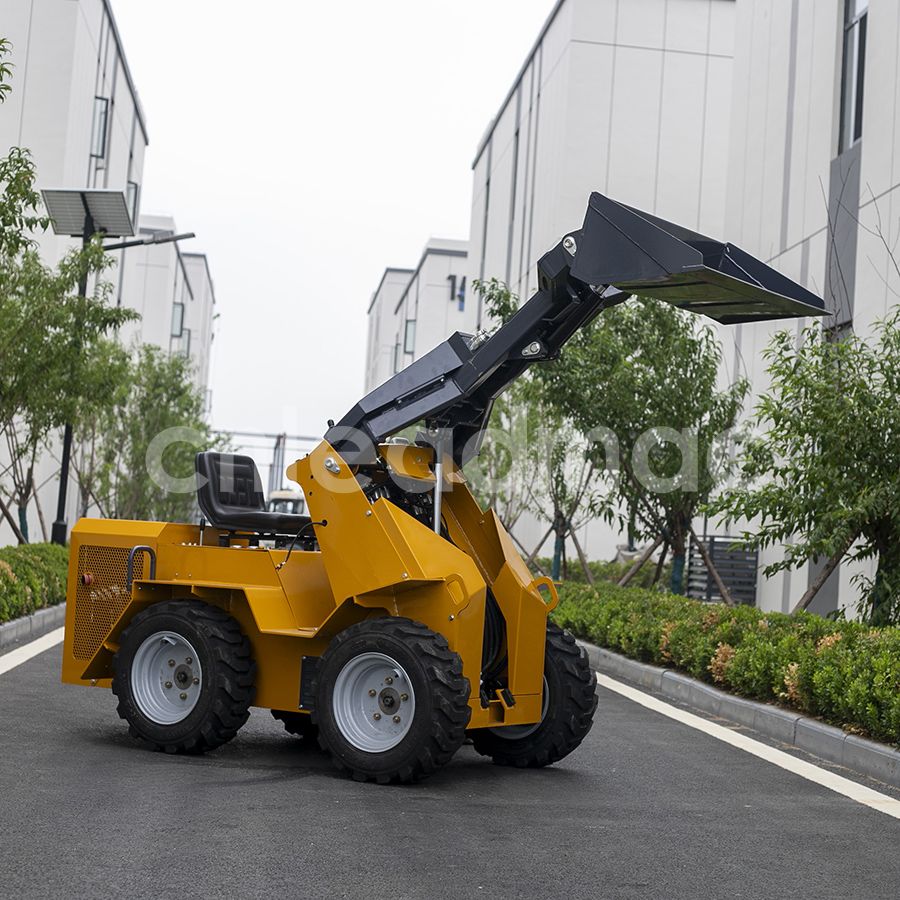 All-Round Capable, Fearless Of
All-Round Capable, Fearless Of